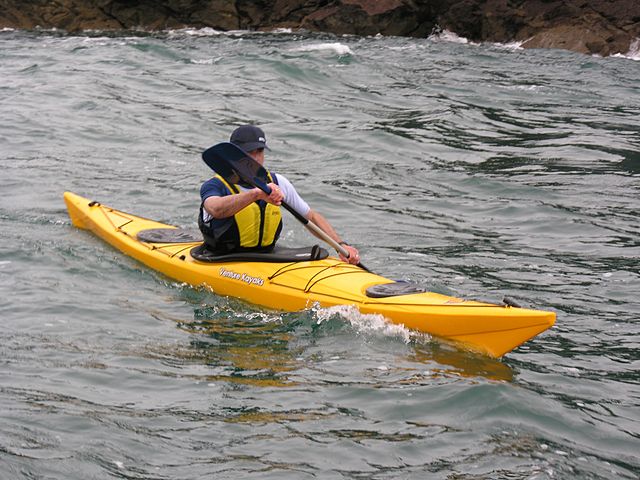Paddle boards, canoes, and kayaks are vessels that offer people a range of calm to exhilarating fun on the water; are relatively easy to use; easy to move around; and you can launch them from shore.
Join in on the fun! Whether you paddle fast or paddle slow, paddle sports are growing according to the “2016 Outdoor Recreation Participation Topline Report” from the Outdoor Foundation who say, nearly half of all Americans – 48.4% – participated in at least one outdoor activity in 2015. That equates to 142.4 million participants, who went on a collective 11.7 billion outdoor outings. While the actual number of outdoor participants increased by one million over the one-year period, the overall participation rate remained the same due to population increase.
With all that fun on the water comes a bit of safety to consider; according to the American Canoe Association, top causes of fatalities for paddle sports are falling overboard, capsizing, and drowning.
Help keep paddling both fun + safe and refer to these to these safety tips when planning your next paddling adventure:
1. Wear A Life Jacket
Be ready to capsize and swim sometimes when paddling; and for cold water immersion as cold water can lower core body temperature leading to inability to move, hypothermia, and even drowning. Wearing a life jacket can prevent drowning. According to 2015 US Coast Guard Statistics on recreational boating, “Where cause of death was known, 76% of fatal boating accidents victims drowned. Of those drowning victims with reported life jacket usage, 85% were not wearing a life jacket.” In 2008, the U.S. Coast Guard determined that paddle boards are considered to be a vessel when used outside of a swimming, surfing, or a bathing area. Federal law requires children under 12 to wear a life Jacket aboard a vessel.
2. Carry A Sound Producing Device
If in trouble, you can blow a US Coast Guard approved whistle longer than you can yell for help.
3. File A Float Plan
If you are going paddling for just a few hours, let someone know where you expect to be and when you expect to return. If you plan a longer adventure, leave a copy of a written float plan with your marina, yacht club, or friend. A float plan includes a description of your vessel, who is on board, a description of the safety equipment you are carrying, where you expect to be, and when you expect to be there. Instruct the person holding the float plan to notify the Coast Guard or other appropriate agency if you do not return within a reasonable time after your scheduled arrival (taking into account weather, etc.). When you arrive at your destination, or if your plans change, notify the person holding your float plan to avoid unnecessary worry and possible waste of search and rescue resources. Click here for more information.
READ MORE at boatingsafety.com

